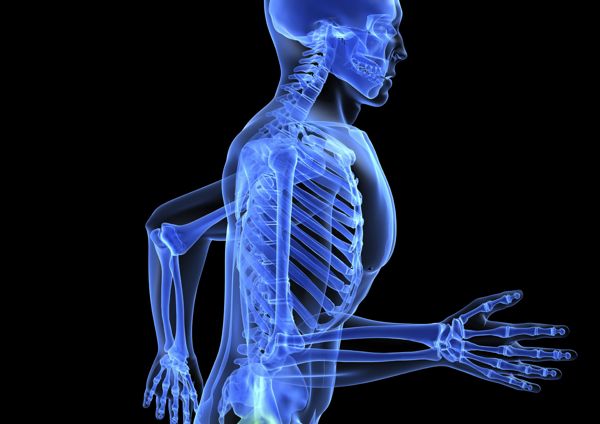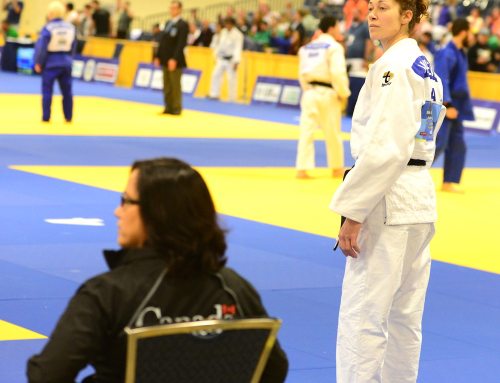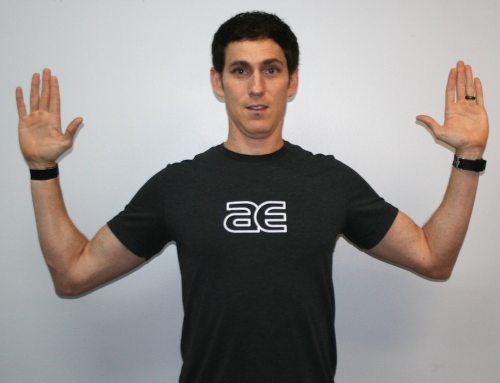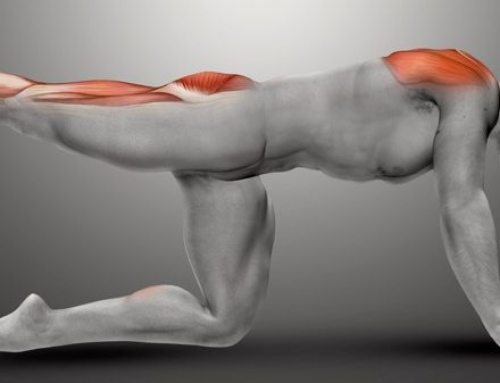
By Flo Moses, PT, LAT, ATC
We have all heard the old saying “ankle bone connected to the shin bone…” and so on. That connection is fairly obvious due to the proximity of the bones. But did you know that you can accurately state that the big toe is connected to the base of your skull! The body is an amazing collection of many types of tissues such as bones, ligaments, muscles, tendons, fascia, cartilage, vessels of many types, and skin! When all of these pieces of the puzzle work well together the human body truly is an amazing specimen and can perform incredible movements not only in high level exercise and sport activity but also in every day activities of daily living.
There are many factors that can affect and contribute to the efficiency of the musculoskeletal system on a daily basis. Most of these are obvious to all of us. Proper nutrition, sleep, relaxation, exercise, training routine, postural habits, body mechanics quickly come to mind. However, musculoskeletal balance and symmetry is not usually the first thought we have when we think of the necessities for optimal health. It is not until we have a problem that we are motivated to seek help for a musculoskeletal problem. This is unfortunate as so many problems can be prevented with a musculoskeletal screening. Also, we can waste valuable training time in reaching our goals for optimal performance when we must detour to address such a problem that could have been prevented!
One reason so many people are unaware of the importance of an annual, yes annual, musculoskeletal screening is that they do not understand how the body does such an amazing job of compensating for seemingly small asymmetries in other parts of the body. The compensations may be necessary due to congenital asymmetries or anomalies which are normal abnormalities that many of us possess. They also may develop in response to injuries that may have occurred years ago. As I have watched my three children sustain both minor and fairly significant injuries I am continually amazed at how soon after an injury or event compensation develops. The compensation can be eliminated quickly if addressed early. It can also be resolved if identified after years of compensation if approached correctly.
Compensations also develop due to habitual movement patterns that people perform innocently and unknowingly such as in sitting in front of a computer monitor that is to the side instead of directly in front of them all day. Training patterns often develop due to a person’s comfort level in turning a certain direction first every time, for example, with a particular exercise and never overloading the opposite direction when fatigued. Compensations also develop when the appropriate muscle groups are not trained adequately or when a muscle cannot be trained adequately due to the lack of optimal length of the muscle due to a joint restriction.
An old ankle sprain that was not treated correctly is one common injury that often causes a chain of events that leads to unnecessary and unwanted compensations in the musculoskeletal system. Abdominal surgery often leaves a person with soft tissue restrictions that can lead to problems up the chain (thoracic, cervical spine, TMJ) or down into the hips and lower extremities due to compensations. Even an ingrown toenail or a blister on the foot can initiate an unwanted chain of events.
A list of examples of how compensations develop could be endless as it is unique and specific to each individual. This supports the importance of a musculoskeletal screen being performed by a professional who is trained to identify asymmetries in the musculoskeletal system. A licensed physical therapist who specializes in biomechanical assessment is the optimal person to perform such a screen. Physical therapists are trained to evaluate and treat conditions, injuries and impairments that affect movement.
Unfortunately people usually seek the help of a physical therapist after a problem develops. Remember, it’s all connected! Have you had an annual musculoskeletal screen?
# # #
Flo Moses, PT, LAT, ATC, is co-owner of Sports & More Physical Therapy, Inc. – a therapist-owned orthopedic physical therapy clinic that specializes in biomechanical assessment and approach to all musculoskeletal injuries and conditions.





